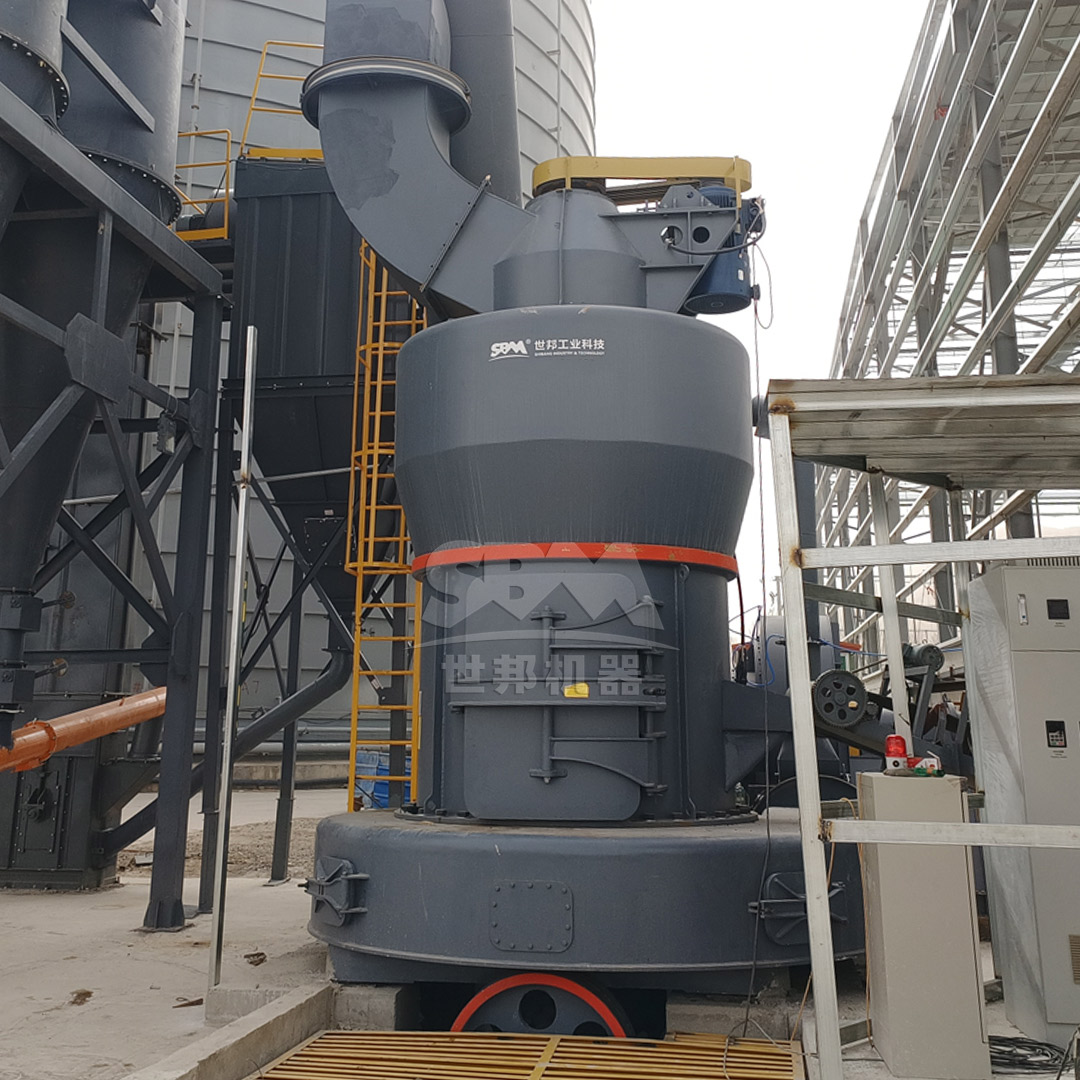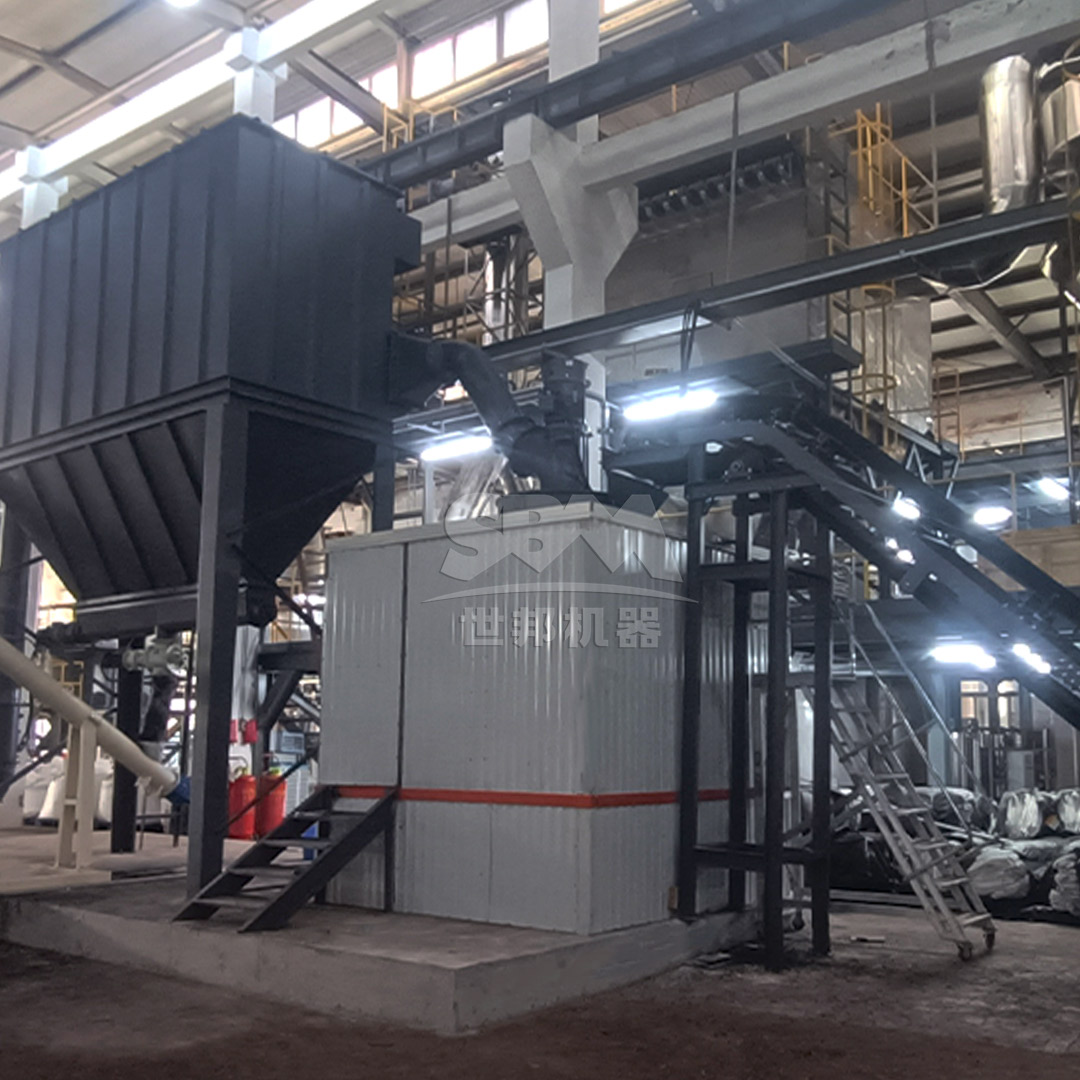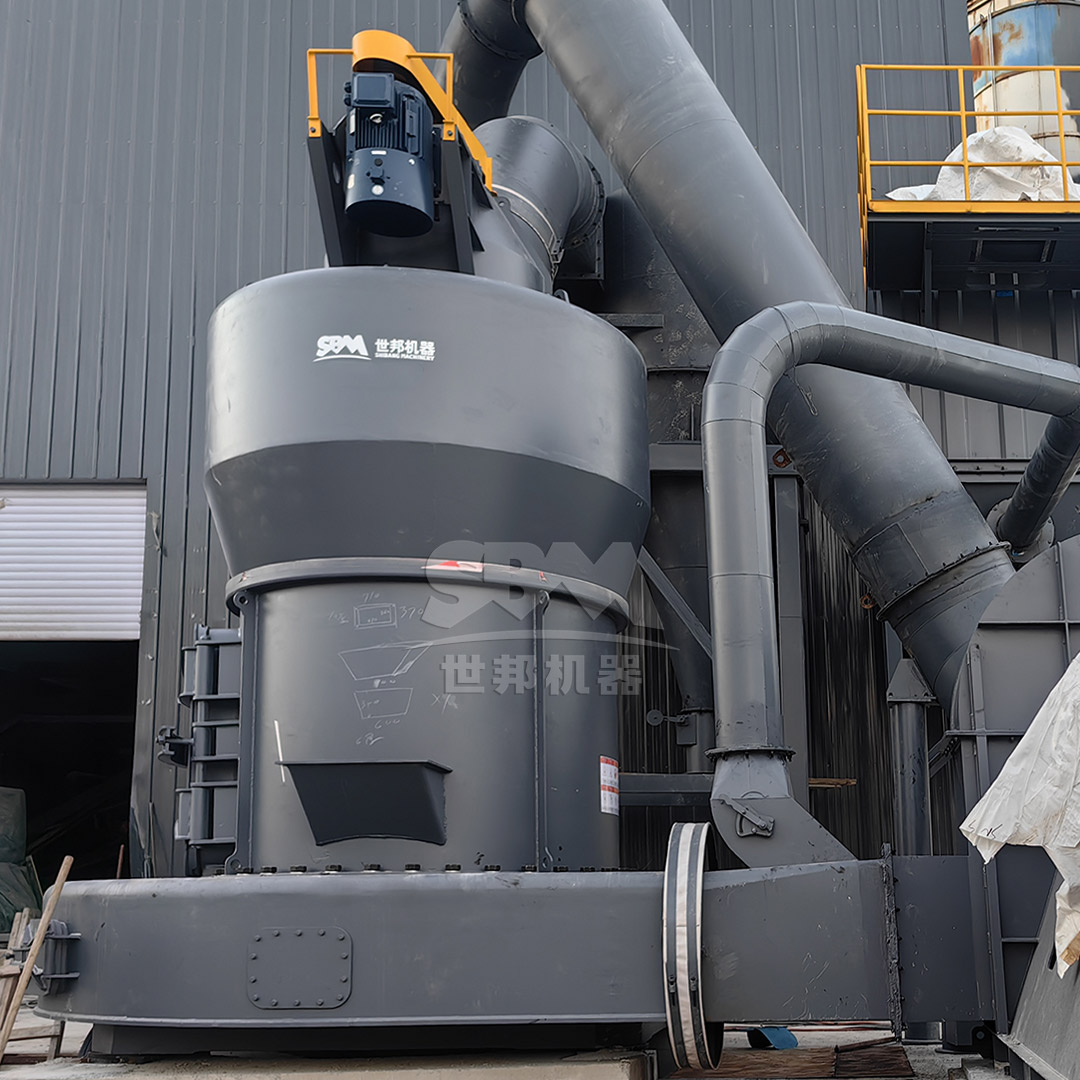Dolomite, a calcium magnesium carbonate mineral (CaMg(CO₃)₂), is a fundamental raw material in the ceramics industry. Its unique properties, including high thermal stability, low thermal expansion, and excellent fluxing characteristics, make it indispensable in the production of ceramic tiles, sanitaryware, tableware, and technical ceramics. The quality of the final ceramic product is profoundly influenced by the particle size distribution, purity, and consistency of the dolomite powder used. Achieving the required specifications demands advanced milling technology capable of precise size reduction and classification. This article explores the critical role of dolomite milling machines in ceramics manufacturing and highlights key technological solutions.
In ceramics, the fineness and particle size distribution of raw materials directly affect the sintering behavior, mechanical strength, density, and surface finish of the final product. For dolomite, which often acts as a flux and stabilizer, a uniformly fine powder ensures a homogeneous mixture with other materials like clay and feldspar, leading to a more predictable and controlled firing process. Inconsistent or coarse particles can result in defects such as pinholes, bloating, or variations in shrinkage, ultimately compromising product quality. Therefore, investing in a high-performance milling system is not an option but a necessity for manufacturers aiming for excellence.
Milling dolomite presents specific challenges that not all grinding equipment can handle effectively. Its moderate hardness (around 3.5-4 on the Mohs scale) means it is abrasive and can cause significant wear on grinding components. Furthermore, the need to achieve very fine powders, often down to the micron level (D97 ≤ 5µm), while maintaining high throughput and energy efficiency, requires a mill designed with precision engineering and robust materials.

Modern dolomite processing plants have moved beyond traditional ball mills to more efficient and controllable technologies. The ideal mill must offer high grinding efficiency, precise particle size classification, low wear rates, and operational flexibility.
Vertical Roller Mills have become a industry standard for many mineral processing applications, including dolomite. They operate on the principle of bed comminution, where material is ground between a rotating table and rollers under hydraulic pressure. This method is highly efficient, as it concentrates the force directly onto the material bed, minimizing energy waste. VRMs also integrate drying, grinding, and classification into a single compact unit, reducing the plant’s footprint. Their ability to handle moist feed materials with hot gas is an added advantage.
For applications requiring ultra-fine dolomite powder, specialized mills are essential. These mills often combine mechanical milling forces with integrated air classification to achieve precise cuts in the micron and sub-micron range. The design focuses on minimizing contamination and heat generation, which could alter the material’s properties.
For ceramics producers seeking to achieve the highest quality dolomite powder, our SCM Series Ultrafine Mill represents the pinnacle of milling technology. Engineered specifically for producing fine and ultra-fine powders, this mill is an ideal choice for processing dolomite to the exacting standards of the ceramics industry.
| Model | Output (t/h) | Main Motor Power (kW) | Feed Size (mm) | Final Fineness (mesh) |
|---|---|---|---|---|
| SCM800 | 0.5-4.5 | 75 | ≤20 | 325-2500 |
| SCM900 | 0.8-6.5 | 90 | ≤20 | 325-2500 |
| SCM1000 | 1.0-8.5 | 132 | ≤20 | 325-2500 |
| SCM1250 | 2.5-14 | 185 | ≤20 | 325-2500 |
| SCM1680 | 5.0-25 | 315 | ≤20 | 325-2500 |

The journey of dolomite within a modern mill like the SCM series is a precisely controlled operation. Crushed dolomite rock (≤20mm) is fed into the mill via a vibrating feeder. The main motor drives the multi-layer grinding ring to rotate. Material is centrifugalized to the periphery and falls into the grinding raceway, where it is repeatedly compressed and ground by the rollers. The ground powder is then carried by the airflow to the classifier for separation. Oversized particles are rejected and returned for further grinding, while the qualified fine powder passes through and is collected by the cyclone collector and pulse除尘 (dust collector) system. This closed-loop process ensures maximum yield and minimal environmental impact.
For applications where the target fineness is in the range of 30-325 mesh (600-45μm), our MTW Series Trapezium Mill offers a robust and economical solution. This mill is renowned for its reliability and high capacity, making it suitable for large-scale production lines.
With models like the MTW215G offering capacities up to 45 tons per hour, this mill is perfect for preparing dolomite for less finicky ceramic applications or for the initial size reduction stage before further processing.

The selection of the right dolomite milling machine is a strategic decision that directly impacts product quality, production efficiency, and profitability in the ceramics industry. Moving beyond outdated technology to advanced solutions like the SCM Ultrafine Mill or the MTW Trapezium Mill allows manufacturers to achieve unparalleled control over particle size, reduce operational costs through energy savings and lower wear, and meet stringent environmental standards. By investing in the right milling technology, ceramics producers can ensure a consistent, high-quality supply of dolomite powder, forming the solid foundation for superior ceramic products that compete in the global market.